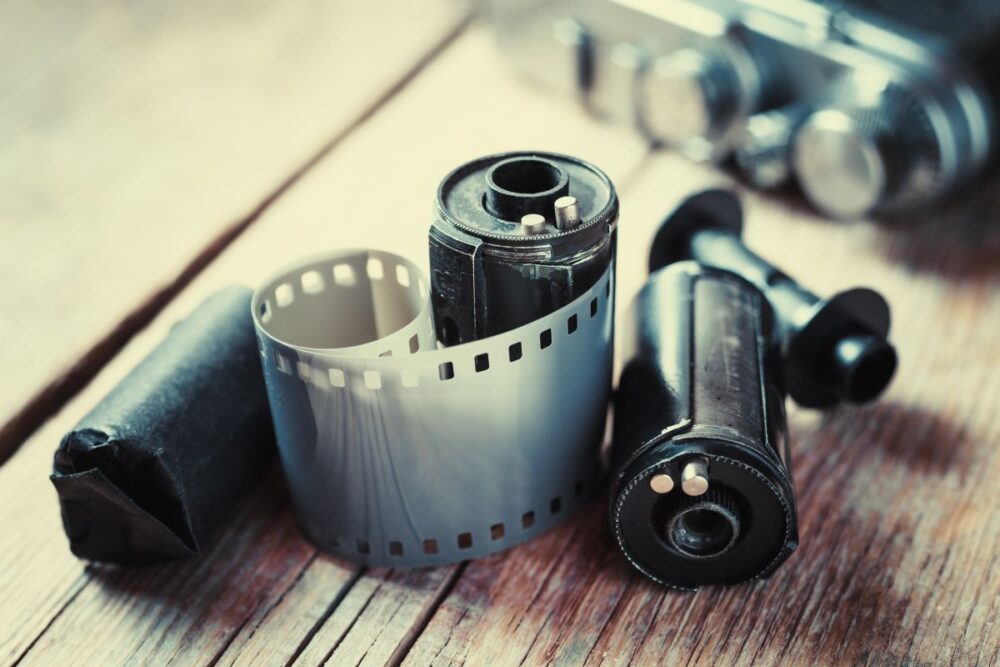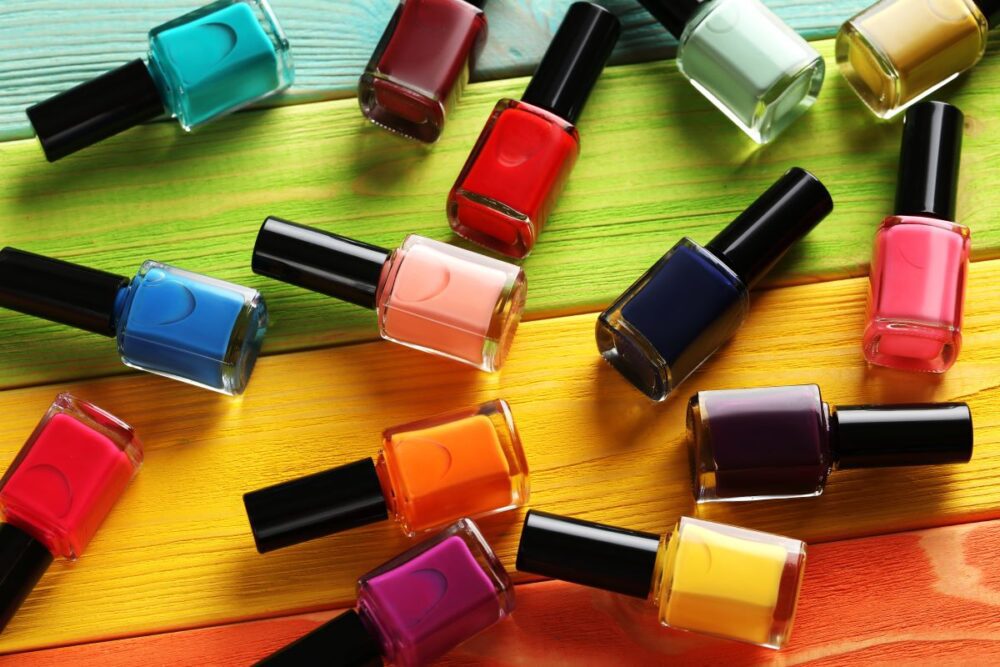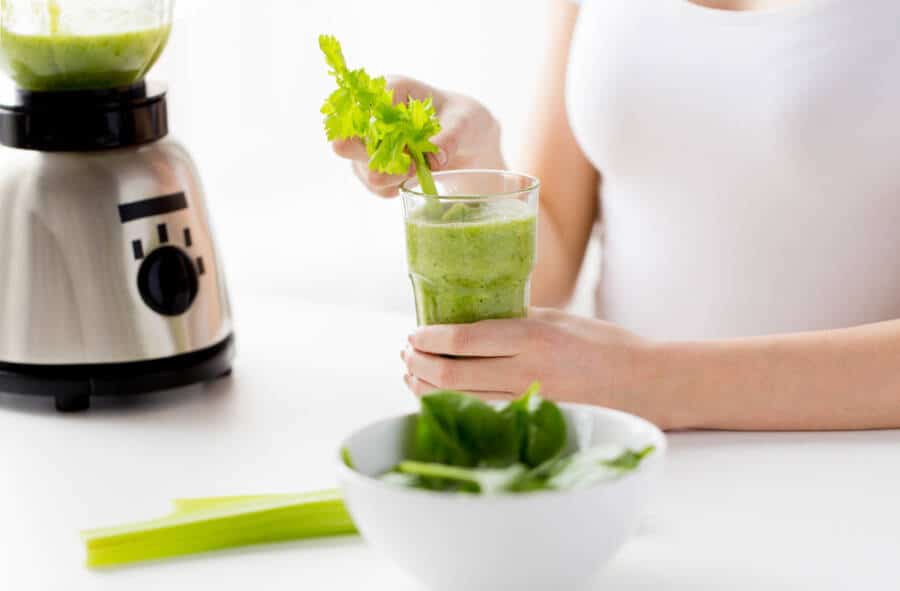Some people put their clothes in the freezer to get rid of harmful bacteria. Others wrap stem ends of bananas in aluminum foil to make them last longer. Similar to this hack, there are plenty more tips and tricks that people use to simplify and healthify their lives. One such hack involves a very important household appliance: the fridge.
Keeping certain items, other than food, in the fridge can bring numerous and surprising benefits. Read on to find out what non-food items should be stored in the refrigerator, according to cleaning and lifestyle experts. It’s time to relocate some of your stuff to a cooler environment.

Table of Contents
ToggleItems you should store in your fridge that aren’t food:
-
Tooth whitening gels
It might sound weird, but tooth whitening gels should be stored in cool places, as per information provided by manufacturers. So, what better and cooler place to put these teeth beautifiers than in the fridge.
As explained by Crest, manufacturer of the popular tooth whitening products called Whitestrips, the recommended storing place for their whitening kits is in cool environments. “For some, under the bathroom cabinet or in a linen closet is appropriate. Others who live in extremely warm climates may want to store tooth whitening kits in the refrigerator.”
-
Film
Photograph is not a cheap hobby, especially if you’re using classic, analogue camera film, like in the old days. Such items can become quite expensive so it’s best that you store them properly. To make sure your film “lives” a long life, put it in the refrigerator.
As detailed by Polaroid on their official website, a Polaroid film should be kept in the fridge, at temperatures between 4 – 18°C / 41 – 65°F. If the temperature is lower than that, it might damage the film. More than that, to be able to use it, you’ll need to keep it at room temperature for a while before placing it in the camera.
-
Aloe
Most aloe vera gels bought from stores have a long expiration date. However, storing such products in the fridge will make them last even longer. Not to mention that applying them on your skin when cold has an extra soothing effect.
On the other hand, aloe gel freshly made from plants can easily go bad. If you use the DIY gel right away, you don’t need to store it, obviously. But if you’re planning on using it at a later time, Erin James, certified sports nutritionist and founder of SQUAY Wellness, suggests sticking it in the fridge, in an air-tight container.
-
Skincare products
You might have known about this trick. But if you didn’t, it’s time to put those beauty products where they belong. As explained by Gretchen Boyd, president of NYC House Cleaners, “the concept of skincare products without preservatives appeals to a lot of people. But bacteria are also more likely to grow on these goods.”
The same way you keep food in the fridge to make it last longer, you can extend the life of skincare products too, especially of those which includes vitamin C and retinol.
Apart from preventing the degradation of ingredients, cooler temperatures also add an extra benefit: cooler products can reduce inflammation and make the skin firmer. This trick does wonders when it comes to eye creams or sunscreens, reveals Carly Campbell, founder of Mommy on Purpose. See also:Healthy Skin: 8 Foods You Should Consume
-
Makeup products
If you want to avoid unpleasant surprises like using expired makeup products, stick them in the refrigerator to extend their shelf-life. It works like a charm. Apart from helping them last longer, it is also more hygienic to store them there. That’s because some items such as cream, mascara and liquid foundation, can develop harmful bacteria, suffer heavy oxidation or color fading.
You may have heard that lipstick should also be kept in the fridge. Contrary to popular belief, the only situation in which lipstick should be stored in the refrigerator is if it has melted and needs to re-solidify. Other than that, as Birch Box explains, lipstick should not be kept in cool places as oil and wax can separate in time.

-
Nail polish
There’s nothing more annoying when planning to do your nails than to find out the nail polish is all gloopy and impossible to apply. Luckily, there is a way to keep it in proper and functional condition. If you aren’t keeping your nail polish in the refrigerator, it’s time you start doing it. According to Campbell, “keeping it in the fridge can help to extend its shelf life and prevent it from becoming too thick or clumpy.”
-
Flowers
Yes, flowers! If you to enjoy your freshly cut flowers for as long as possible, try this smart hack: remove the foliage and put them in water in a cool place, aka the fridge. This will slow down their metabolic processes and keep them going a bit longer,” explains The Washington Post.
Experts do recommend, however, to avoid storing flowers next to fruits, as they can be damaged by ethylene. Ethylene is produced by fruits such as bananas, apples or pears and can speed up another fruit/vegetable’s lifespan.
-
Baking powder and baking soda
You might say that these items are more in the food than non-food category. But there’s a reason baking powder and baking soda should be kept in the refrigerator.
“Baking soda absorbs odors from foods like onions, garlic, and fish which can be transferred to other foods stored nearby if not properly contained,” says Louis Ryan, director of Food Guard. Baking soda, on the other hand, eliminates foul odors from foods and helps them remain fresh, due to its chemical reaction to water.
Not only will your food items remain fresh, but your fridge will also emanate a nice, baking-like smell.
-
A thermometer
To make sure the temperature inside your refrigerator is the right one, keep a thermometer in there as well. According to the FDA, the recommended temperature is 38 degrees or below for refrigerators and 0 degrees or below for freezers.
Your fridge might already have its own temperature tracker, but it doesn’t hurt to have an extra source, suggests Ryan.
See also:10 Super Foods That Will Strengthen Your Bones and Joints
-
Various medication
Certain medicine should be kept in the fridge, as recommended by manufacturers. When buying your prescription medications, ask your doctor or pharmacist about the recommended type of storage. According to Robert Johnson, senior director of merchandising at Coast Appliances, items such as “eye drops, insulins, hormone injections, antipyretic drugs, antibiotic liquids, and chemotherapy tablets.”
Apart from keeping your medication at the right temperature, it is important to avoid storing them next to air vents or in the door, where there are higher temperature fluctuations.
Related articles:
- 6 Scary Medication Side Effects and How to Deal With Them
- 6 OTC Meds That Might Be Risky for Those over 50





